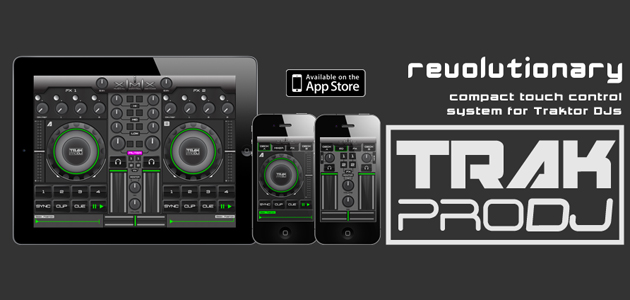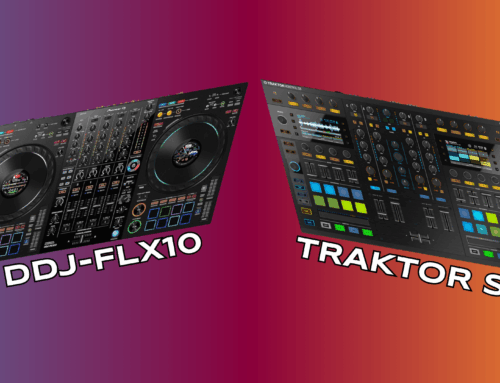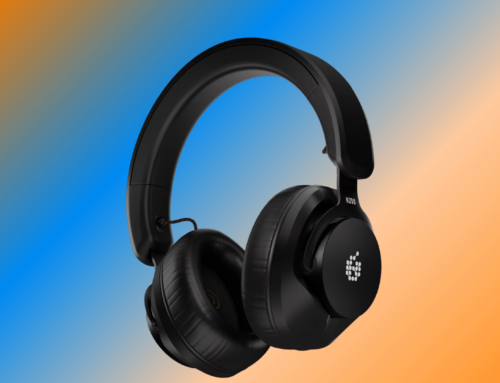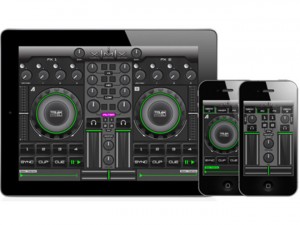 In the last month, we’ve taken a look at several iPad-based control surfaces for Ableton Live, which is proving a popular platform for developers thanks to its relatively open API and OSC-friendly architecture. It was only a matter of time before other software got the iDevice treatment, and UK-based iXiMix leads the charge with TrakProDJ, an iPad interface for, you guessed it, NI’s Traktor.
In the last month, we’ve taken a look at several iPad-based control surfaces for Ableton Live, which is proving a popular platform for developers thanks to its relatively open API and OSC-friendly architecture. It was only a matter of time before other software got the iDevice treatment, and UK-based iXiMix leads the charge with TrakProDJ, an iPad interface for, you guessed it, NI’s Traktor.
Setup is achieved with a proprietary Traktor mapping and a connection through OS X’s MIDI Network capabilities, or with a complicated Bonjour plus custom server installation on Windows. It’s not an elegant solution, but you only need to put the hard yards in once; subsequent loads are refreshingly fast.
You’re treated to two plain but surprisingly usable three-inch platters, transport, effects and a mixer section; a total of about a dozen controls per deck. It’s by no means a comprehensive design, but then Traktor is Byzantine enough that any attempt to squeeze it all into a ten-inch screen would be cramped, to say the least.
At the top of each deck is a simple effects section with global dry/wet, and three individual levels and kills. You get four hotcues, and low enough latency to make them genuinely playable. Below them are sync, cue-play, cue and play/pause buttons, making up the basic transport toolkit. There’s also a seek bar at the bottom of each deck, letting you swipe through the whole track with one flick of the finger. The mixer includes EQs and kills, thankfully, as well as access to the filter, effects assignment and monitor/cue controls. It’s the closest analogue to Traktor’s own interface in the app, an instrument that’s as inoffensive as it is uninspiring.
There are some horribly conspicuous absences, though. One of Traktor’s defining features is its suite of looping tools, and there is no provision for it here at all. You only have access to two decks – that’s not two decks at a time, it’s two decks at all, total, despite the fact that Traktor has had four deck support since, what, 2005? The browser is frankly rudimentary, and scope for creativity is, sadly, not exhilarating.
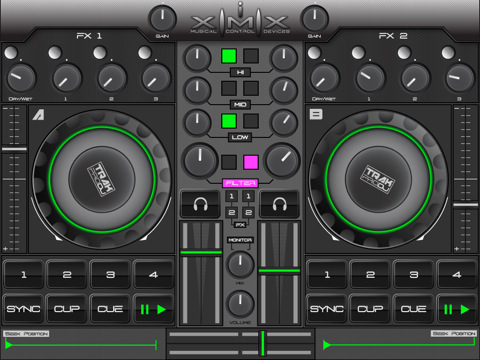
Even allowing for the tight space onscreen, these omissions equate to skipping over Traktor’s tastiest bits. The app is about as bare-boned a control surface as you could imagine, giving you what you need to beatmatch, and not much else besides. If you actually want to get into the features that make Traktor such a tenacious, winning standard, you’ll need to spend more time on the keyboard and mouse than on the iPad – which kind of defeats the purpose.
Still, the pickings for iPad Traktor DJs are thin on the ground so far, and it’s a pleasure to see that progress is being made. Given the versatility and raw power of Traktor, and the potential of multi-touch, gestural input in redefining the way we use software, I think it’s fair to hope for bigger things down the track. The first step might not tick every box – it’s a rare gem that does – but it is a first step, and iXiMix deserve all the support they can get to continue to realize the possibilities for this potent fusion of technologies.
